By the Numbers

The National Association of Home Builders’ monthly survey found continued pessimism among the nation’s homebuilders at the end of a tough year.

Geographically, trends varied widely, with formerly hot areas like Florida and the Southeast posting the deepest declines and formerly cool areas, like the Midwest, showing healthy gains.
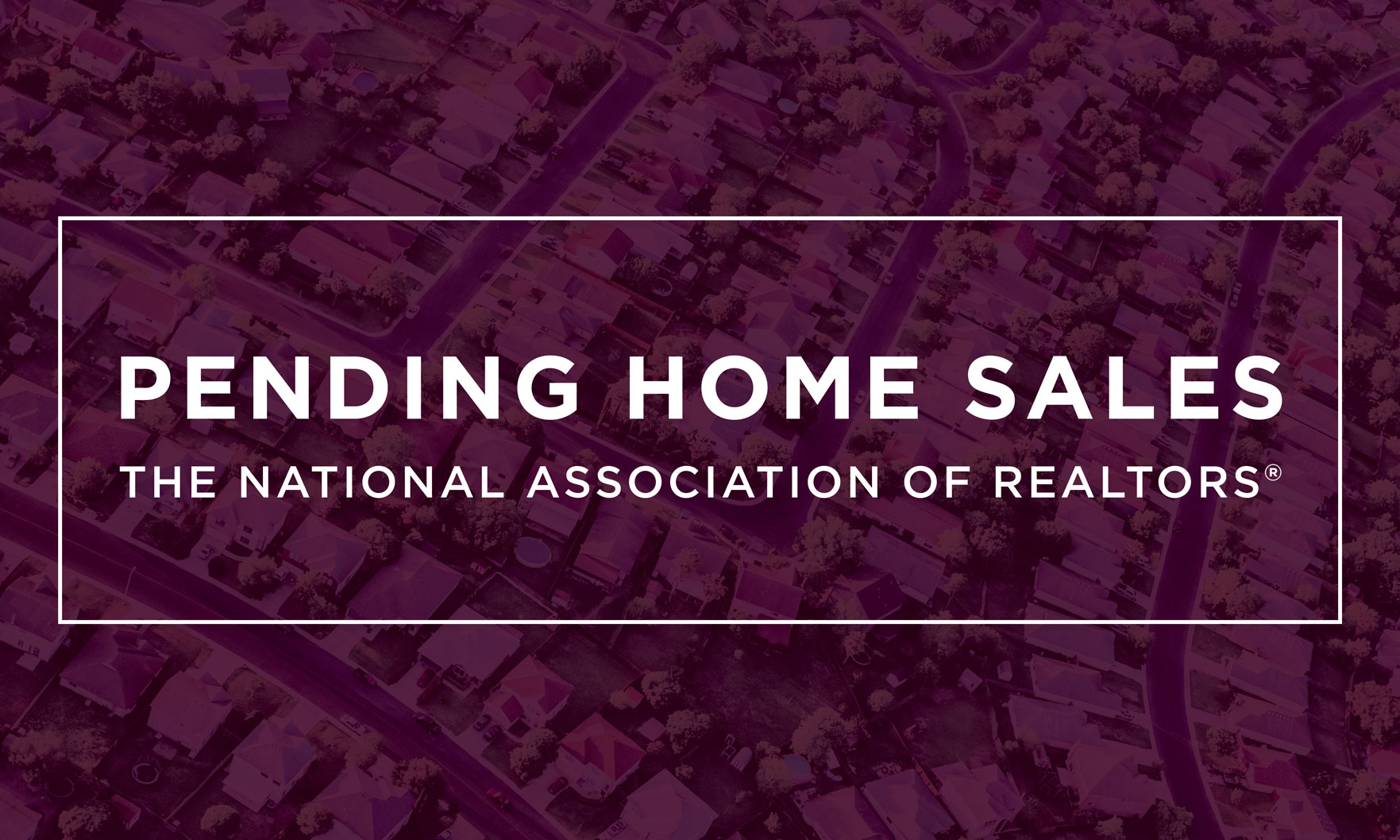
By region, sales rose in the Midwest, Northeast and South but fell in the West.

The chief economist for the National Association of REALTORS® also predicts home prices will climb 4% compared to 2025.
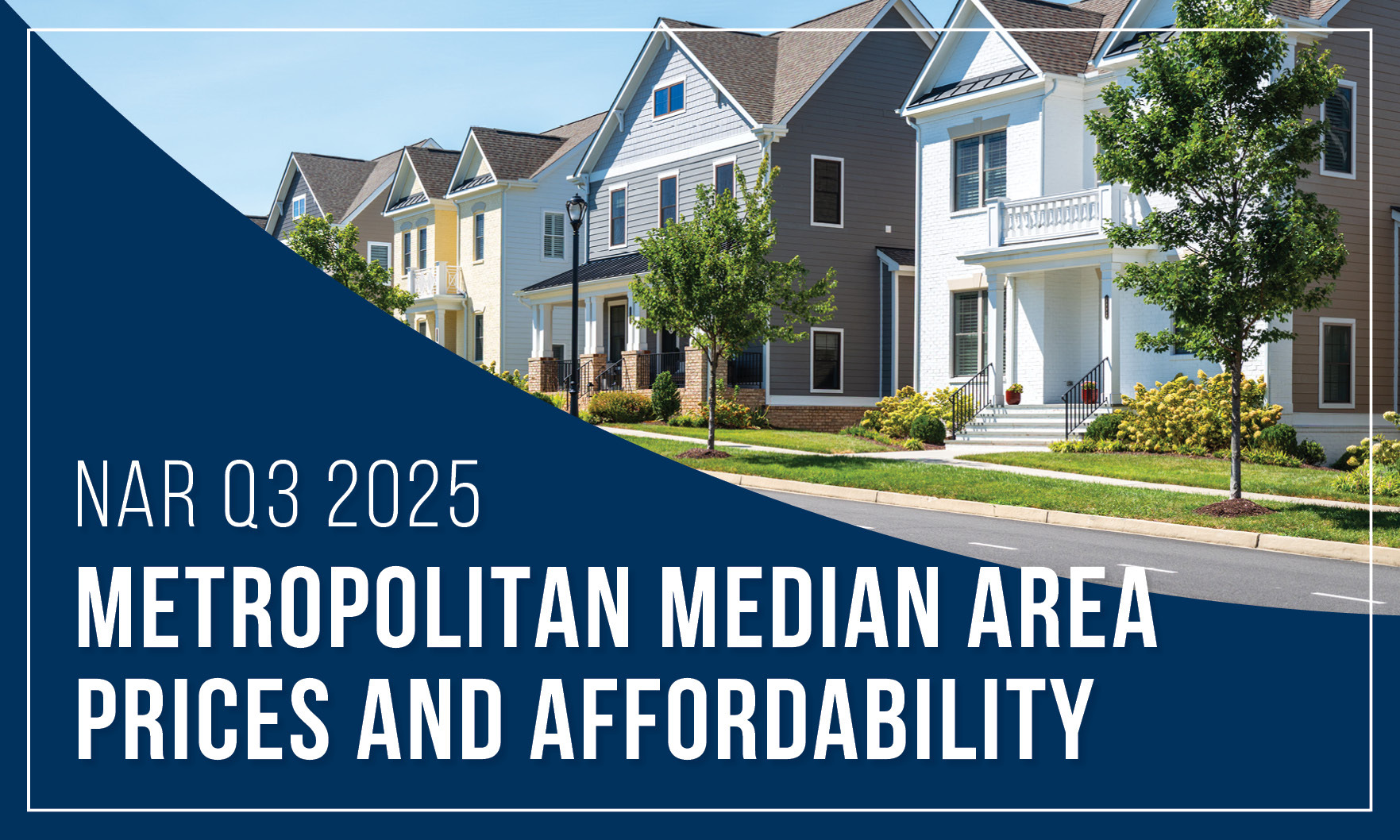
Nationwide, the median price for a single-family home increased 1.7% year over year to $426,800. Prices increased by the same annual rate during the second quarter.
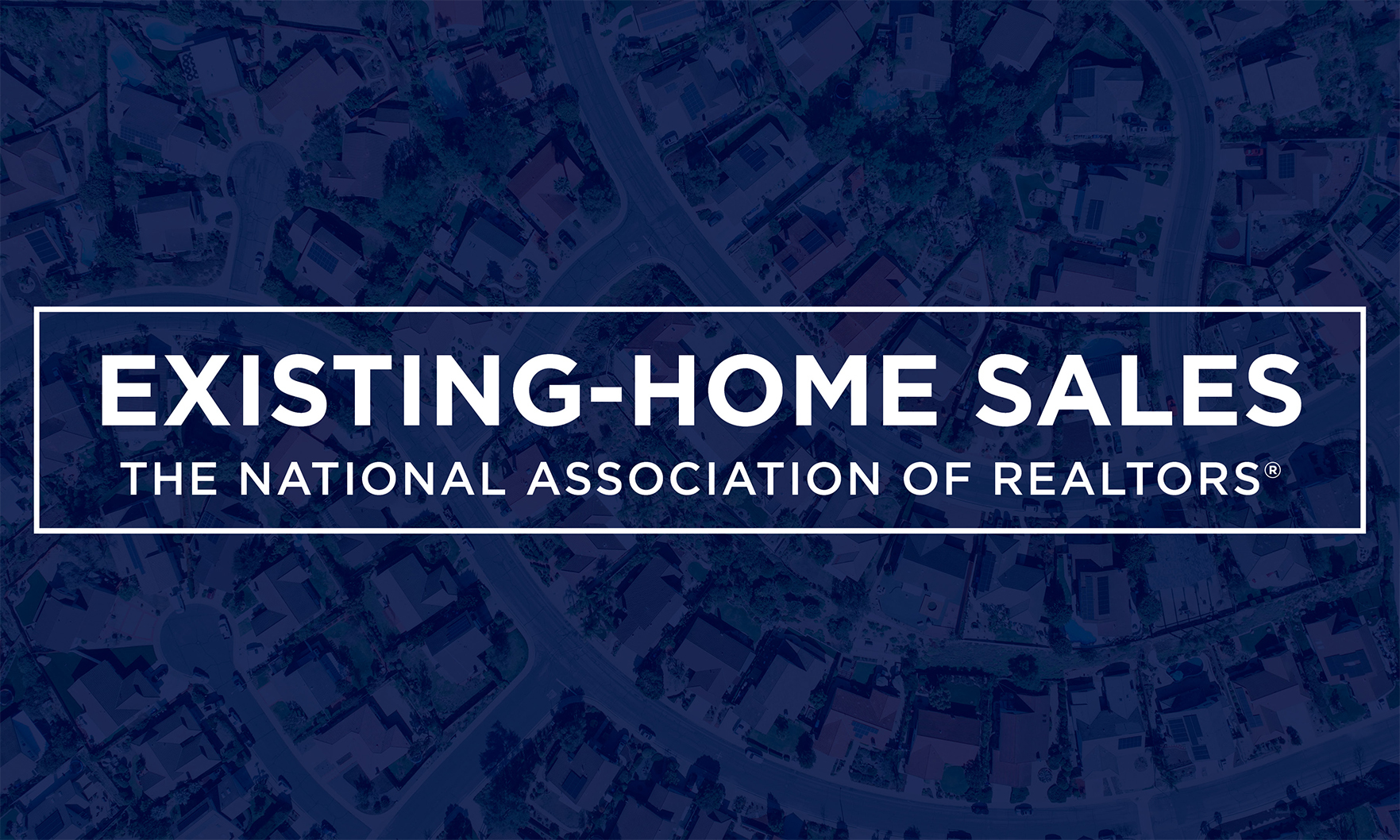
Given the rate of sales, the nation had a 4.6-month housing supply, up from 4.2 months a year prior.

The pace of home sales, meanwhile, remained at “multi-decade lows” even as affordability reached its most favorable level since 2022.

The pace of home-price appreciation declined to its weakest pace in 10 years, according to the S&P Cotality Case-Shiller U.S. National Home Price Index.

The pace of new-home sales hit an annual rate of 800,000, its highest level since January 2022.
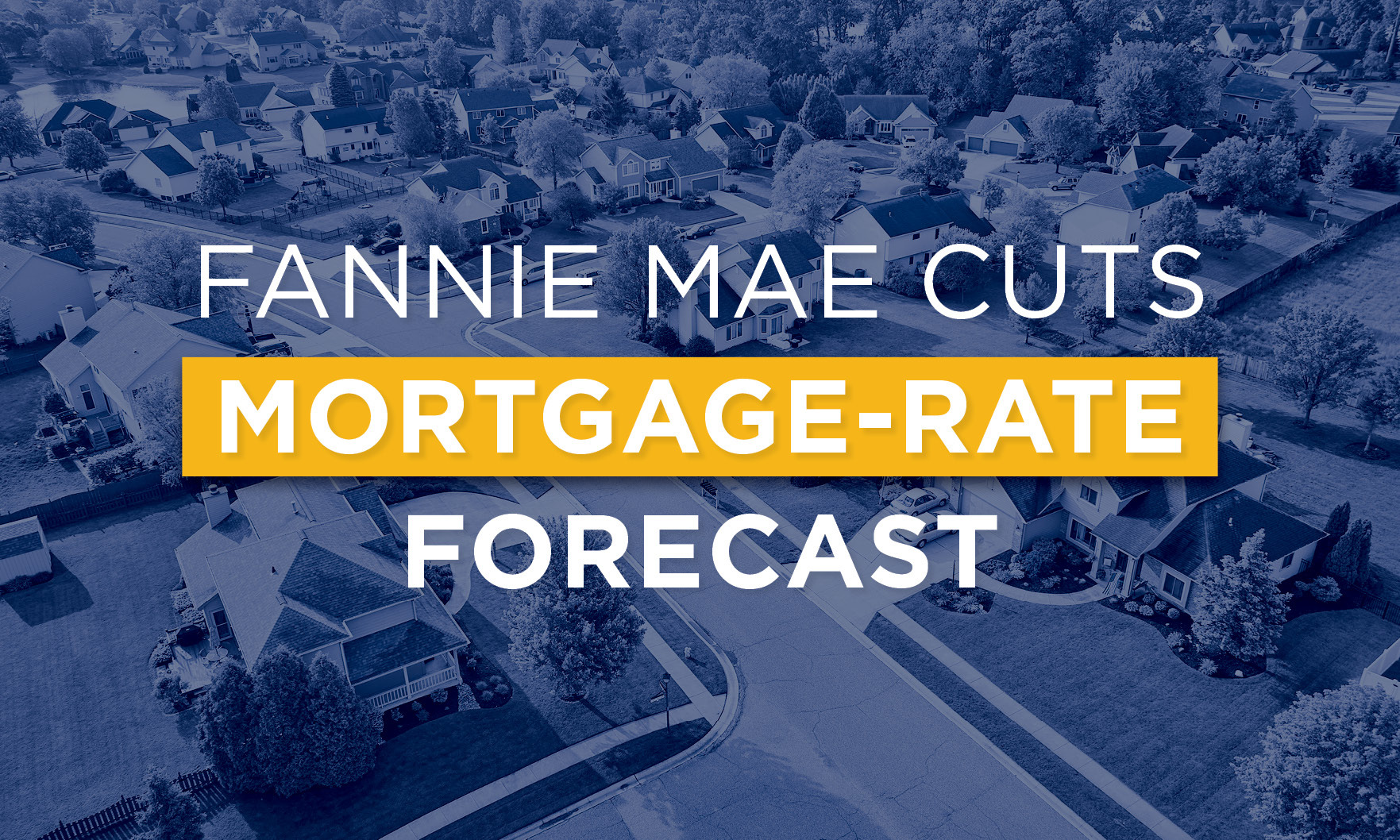
Fannie Mae also reduced its forecasts for home sales in 2025 and 2026.
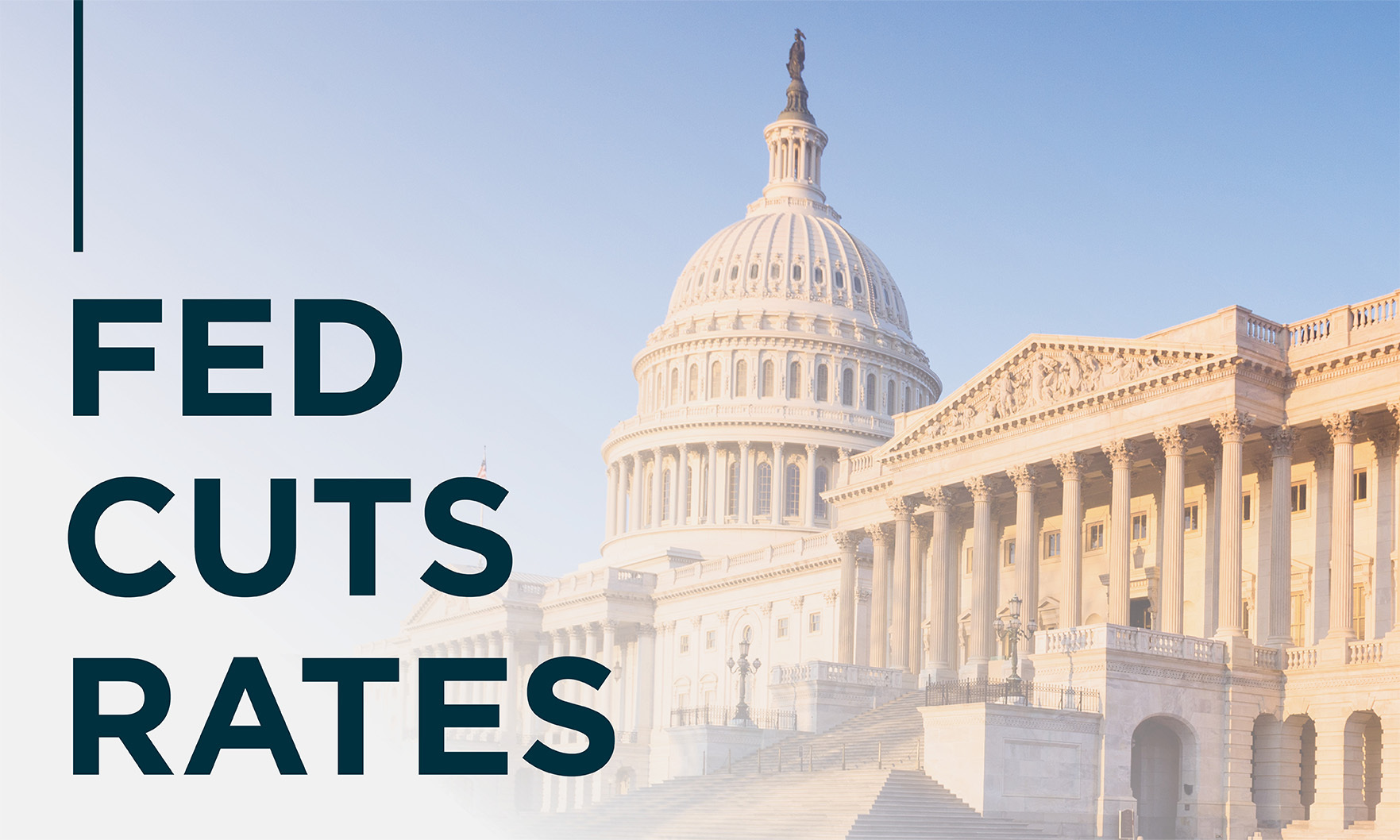
The move was widely anticipated and is expected to be followed by additional cuts this year.

The jump in mortgage activity was driven in large part by refinancings, which surged 58% in the week ended Sept. 12.
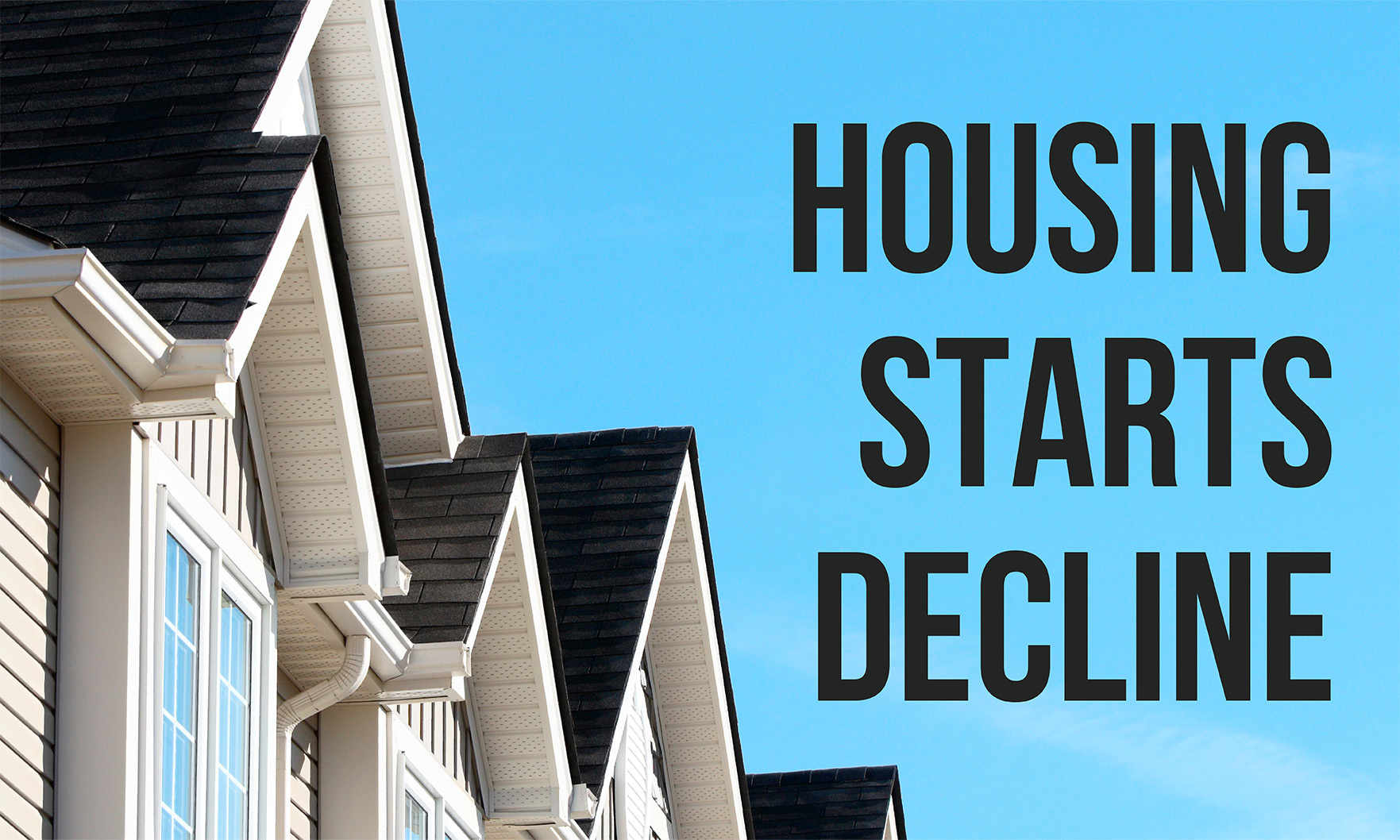
At the same time, completions of new single-family homes were on the rise last month, according to federal statistics.
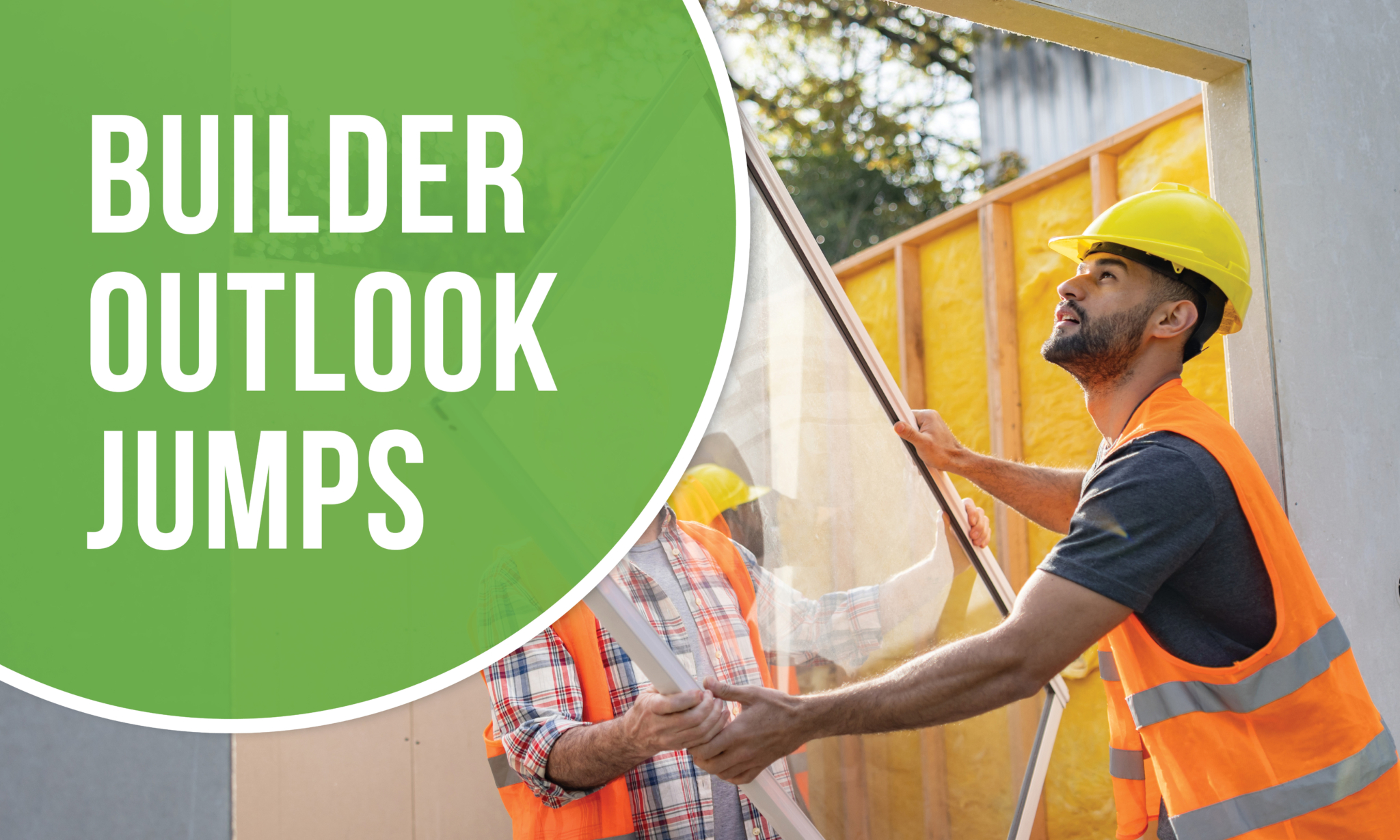
The National Association of Home Builders said its monthly builder-confidence survey indicated rising optimism that lower interest rates could spur new-home buying activity.

The surge comes as the rate on a 30-year fixed-rate mortgage fell to its lowest level since October 2024.

The rate of home-price appreciation slowed to just over half the rate of inflation in July, Cotality noted.
